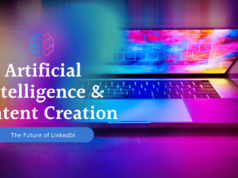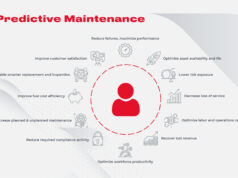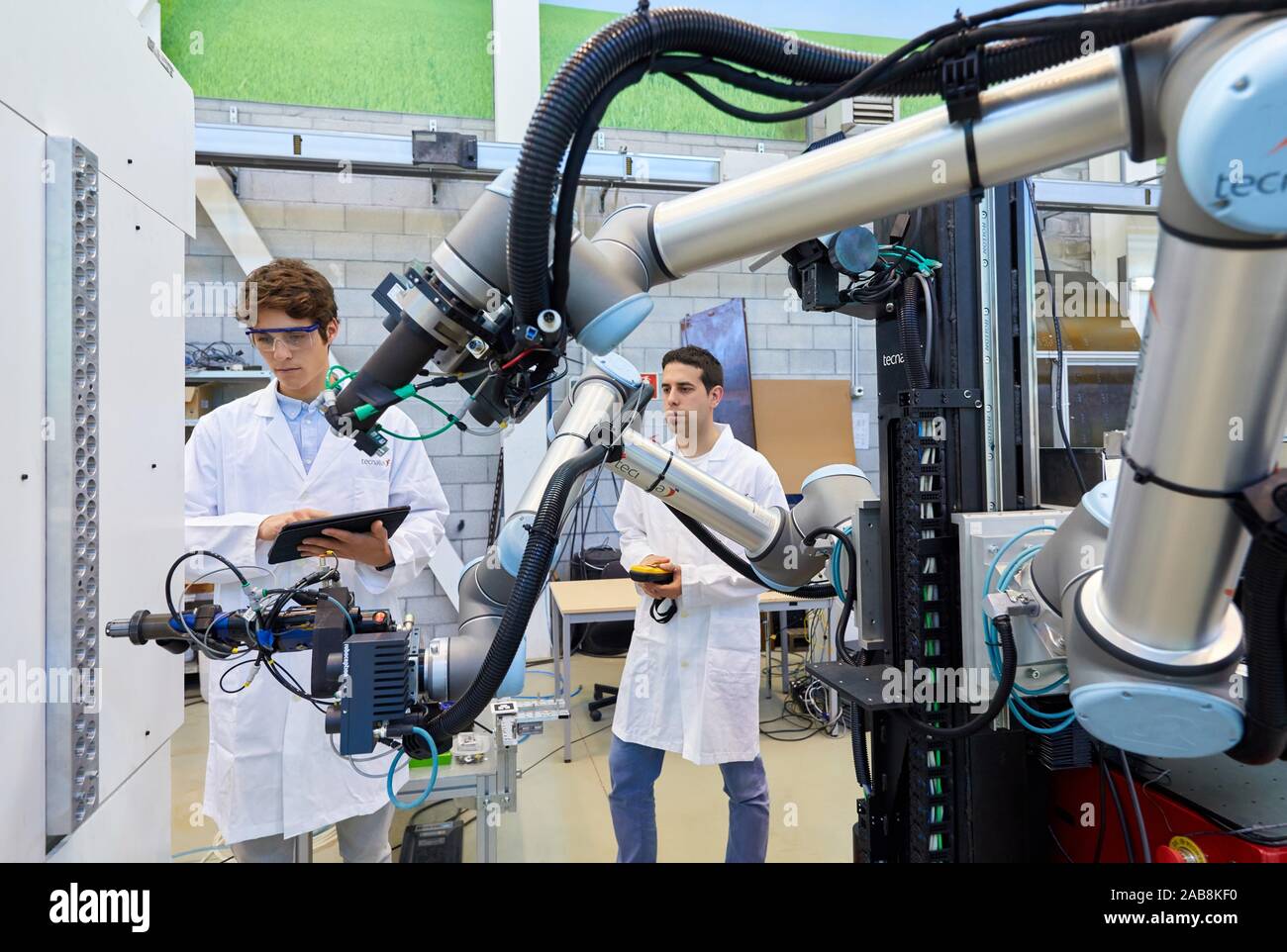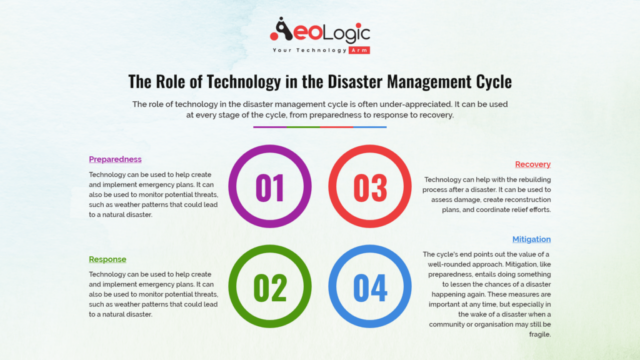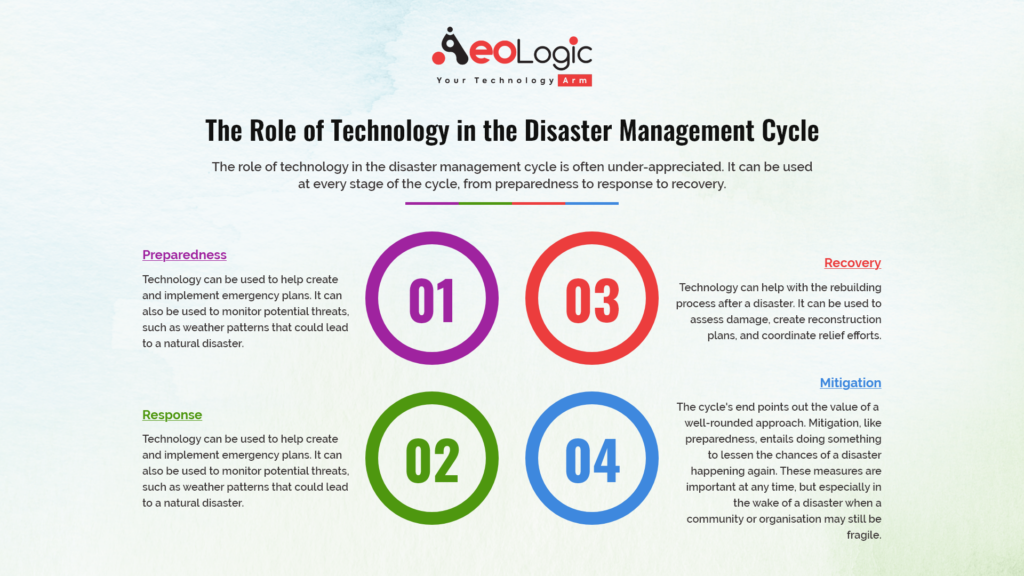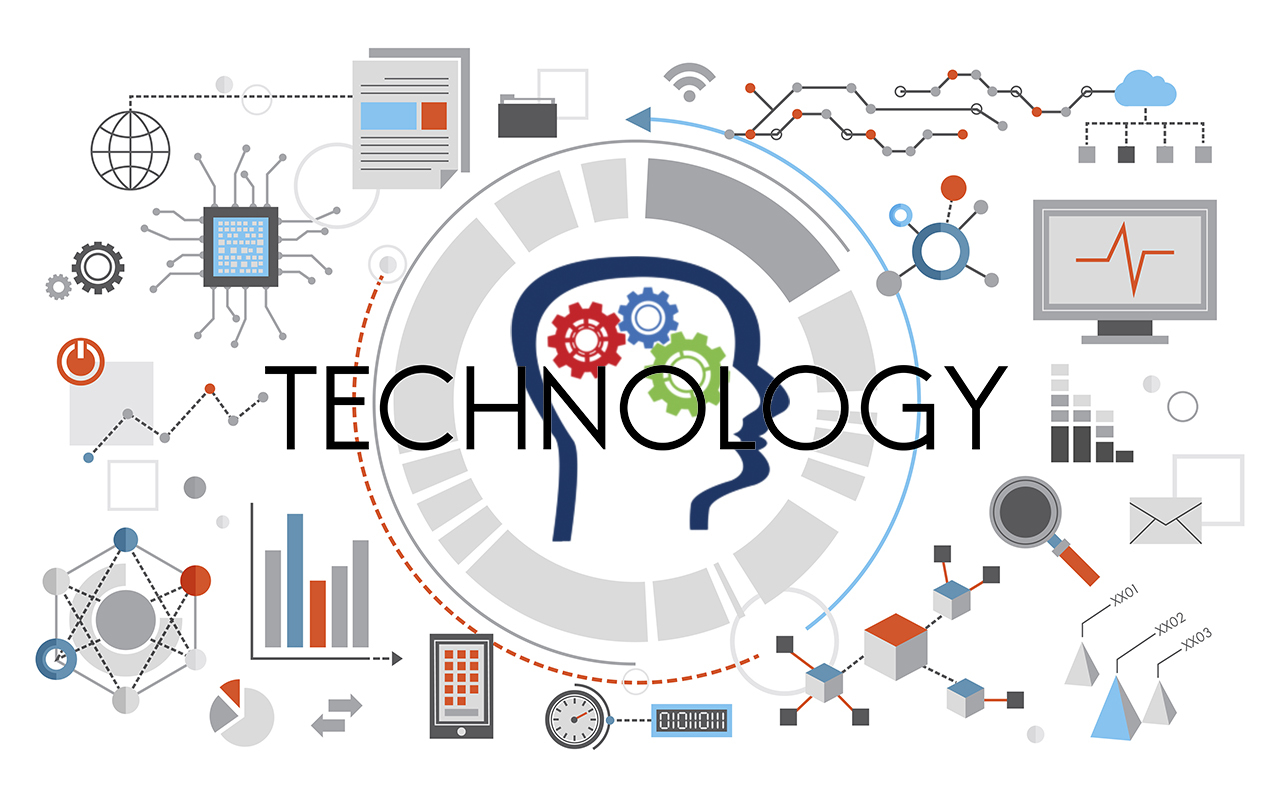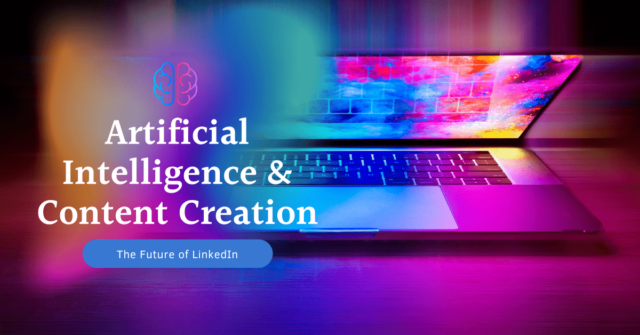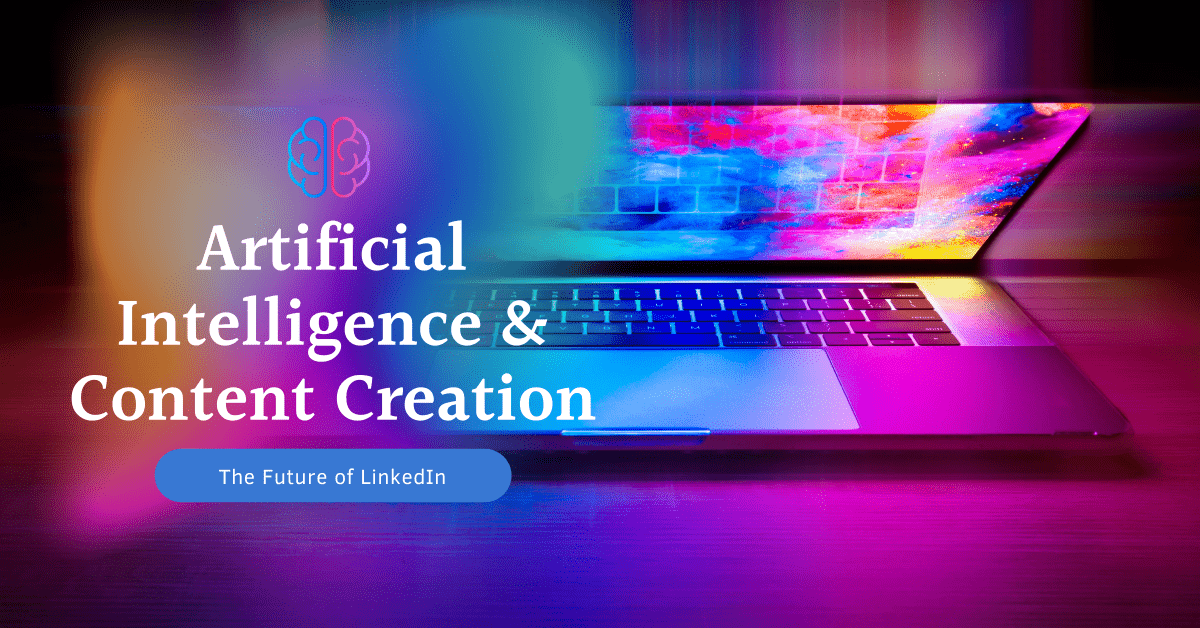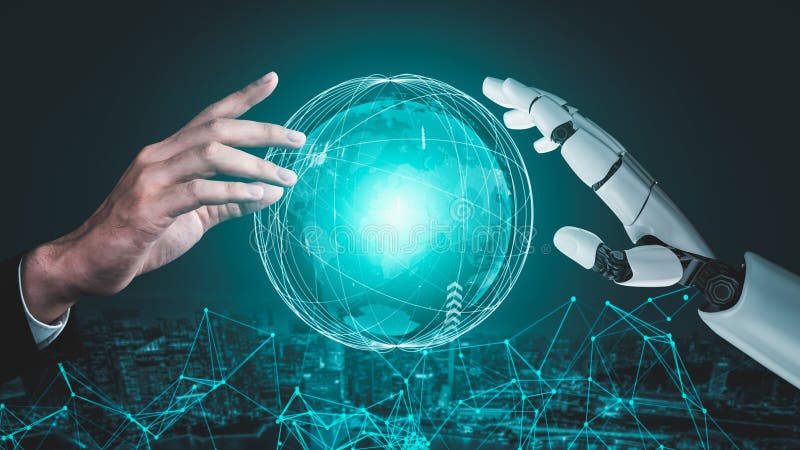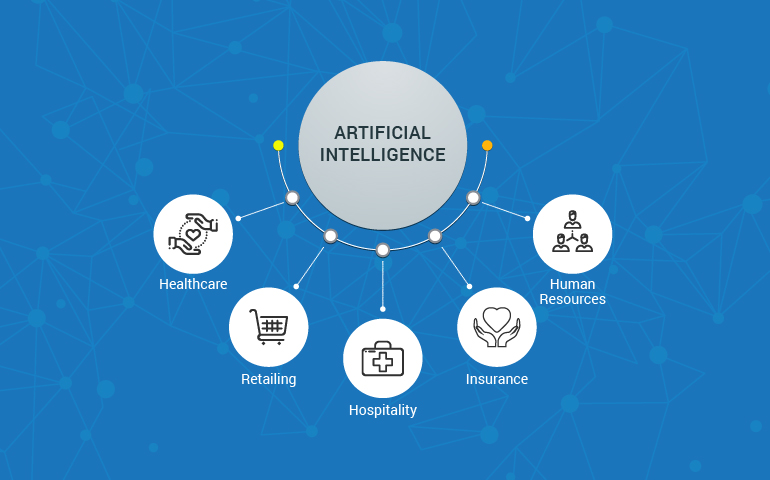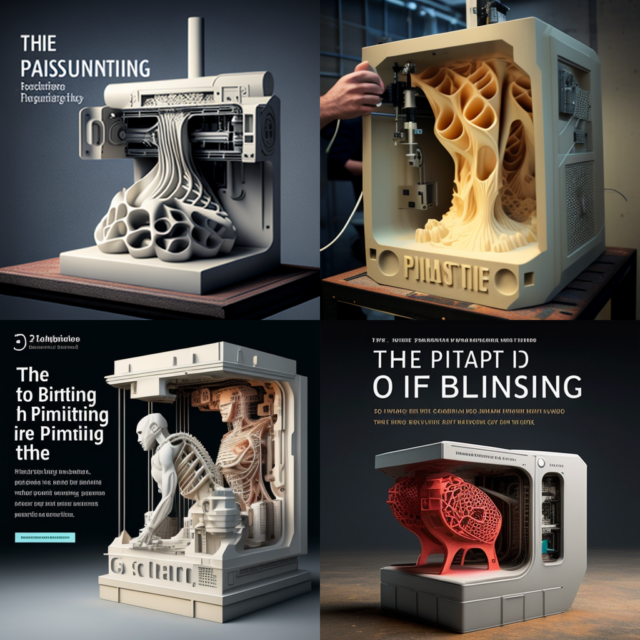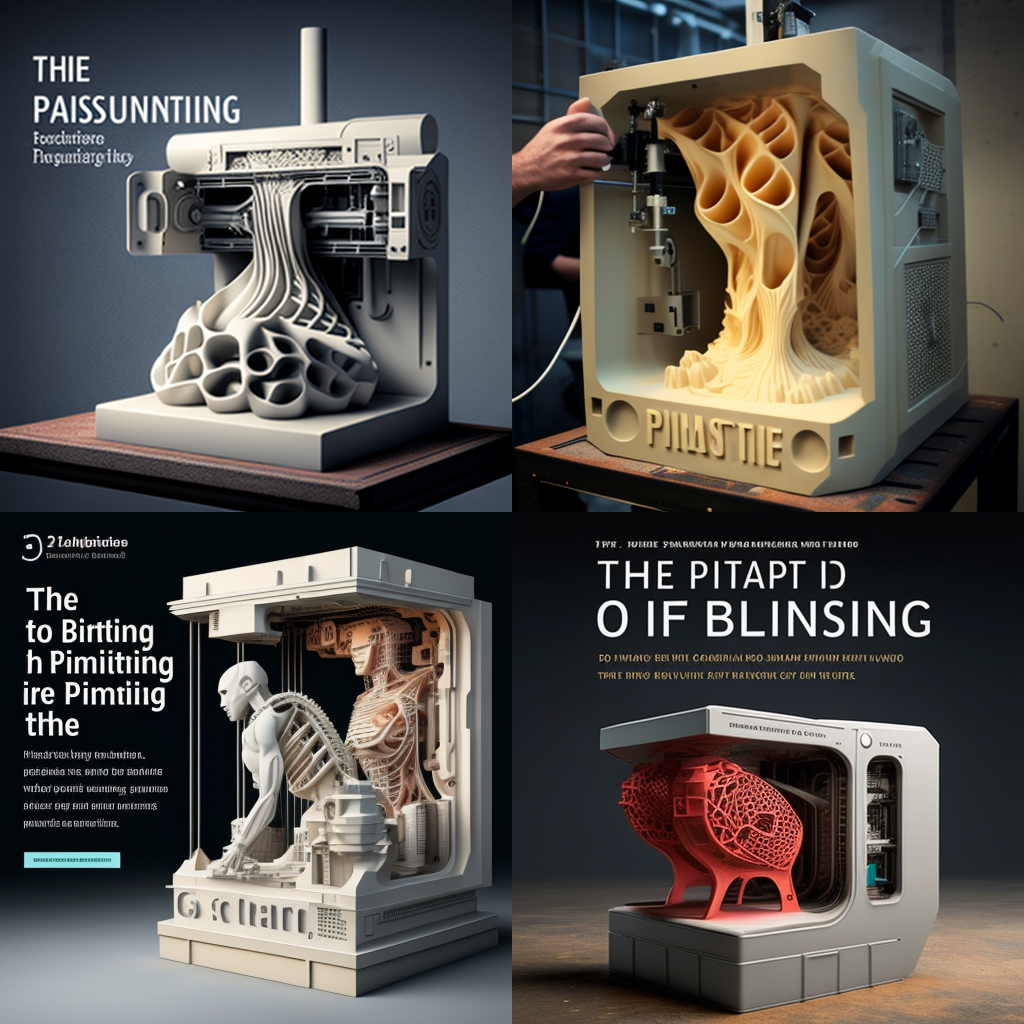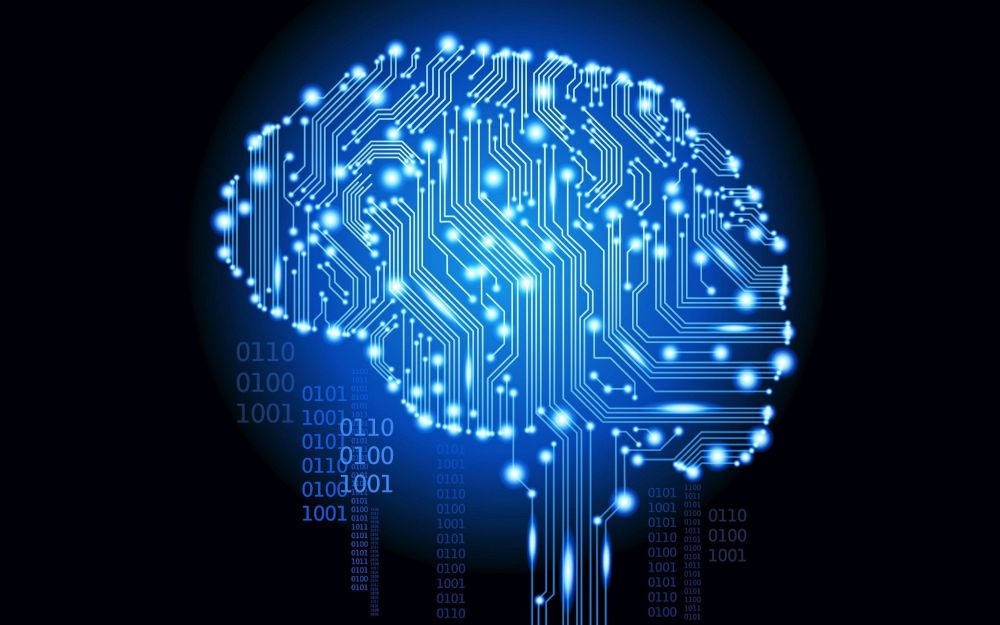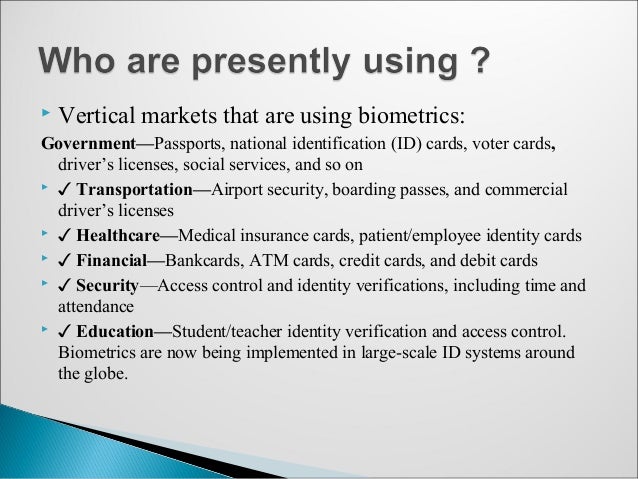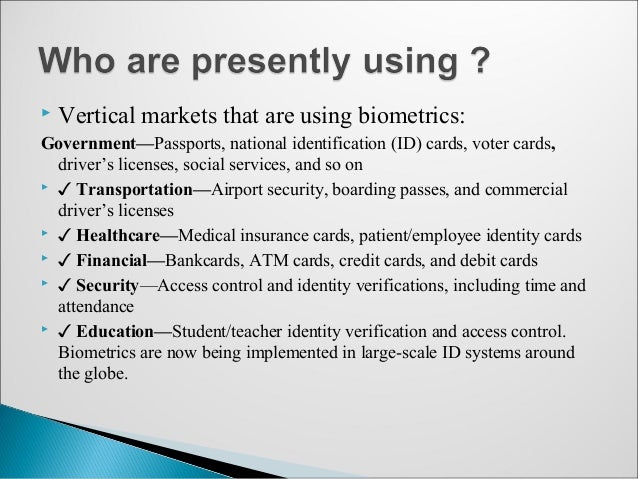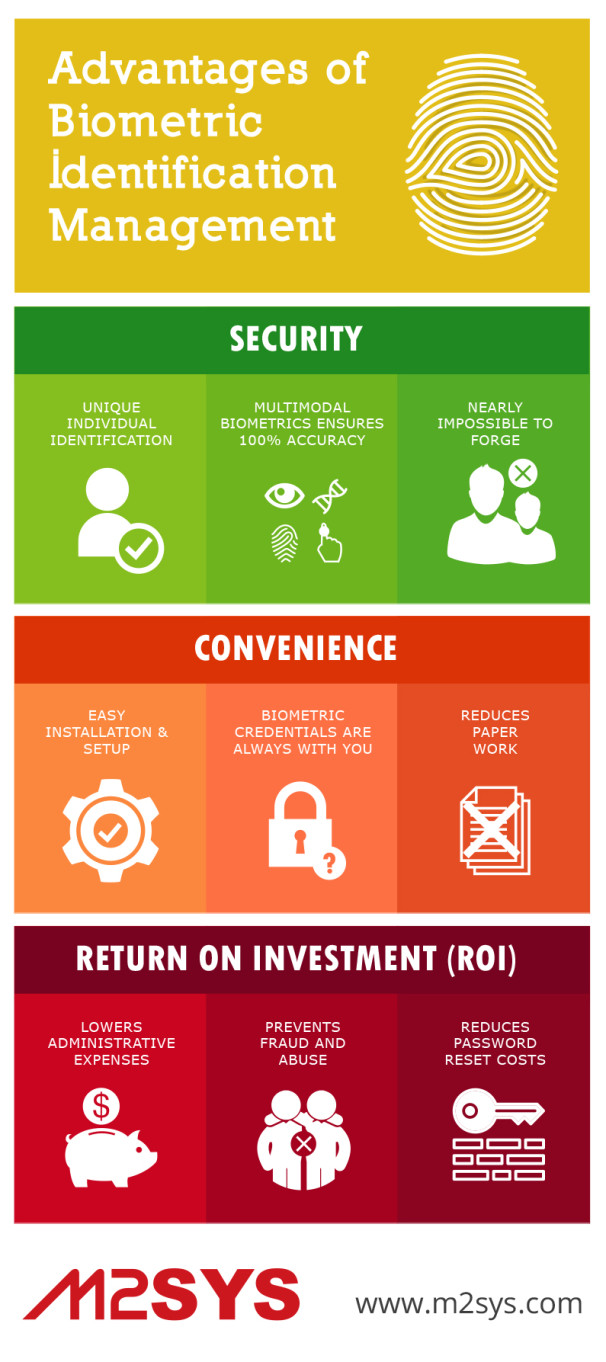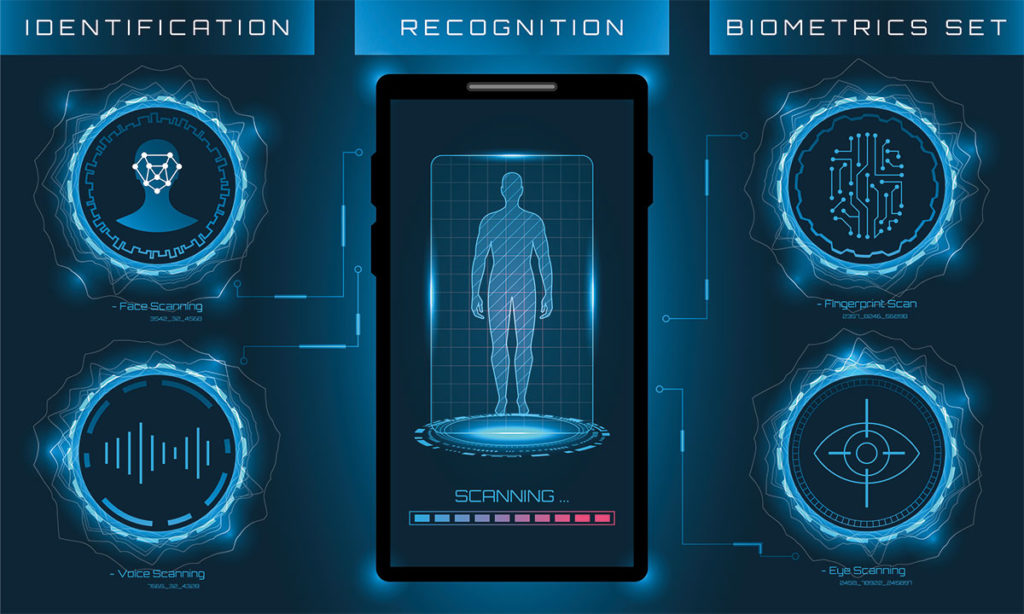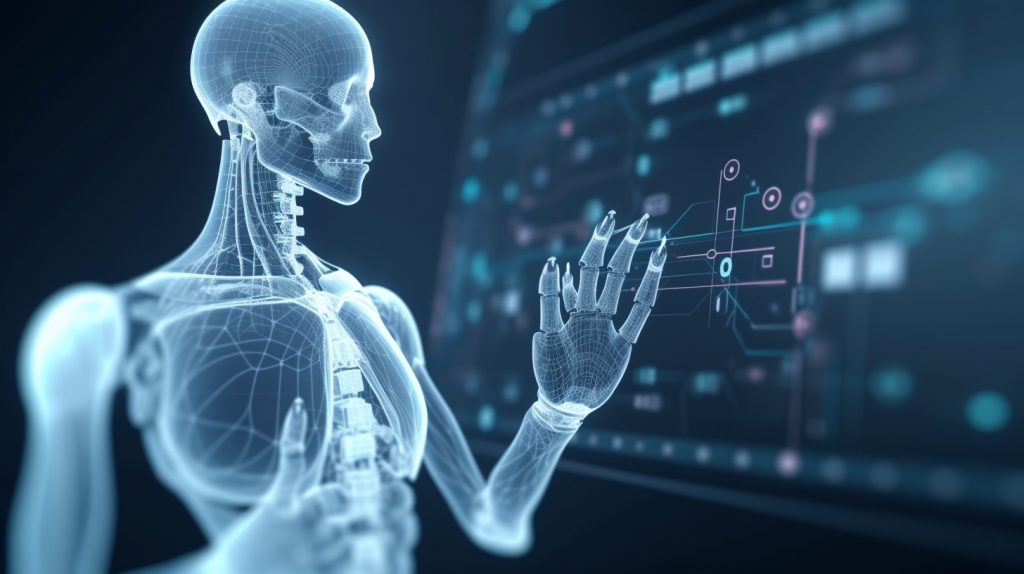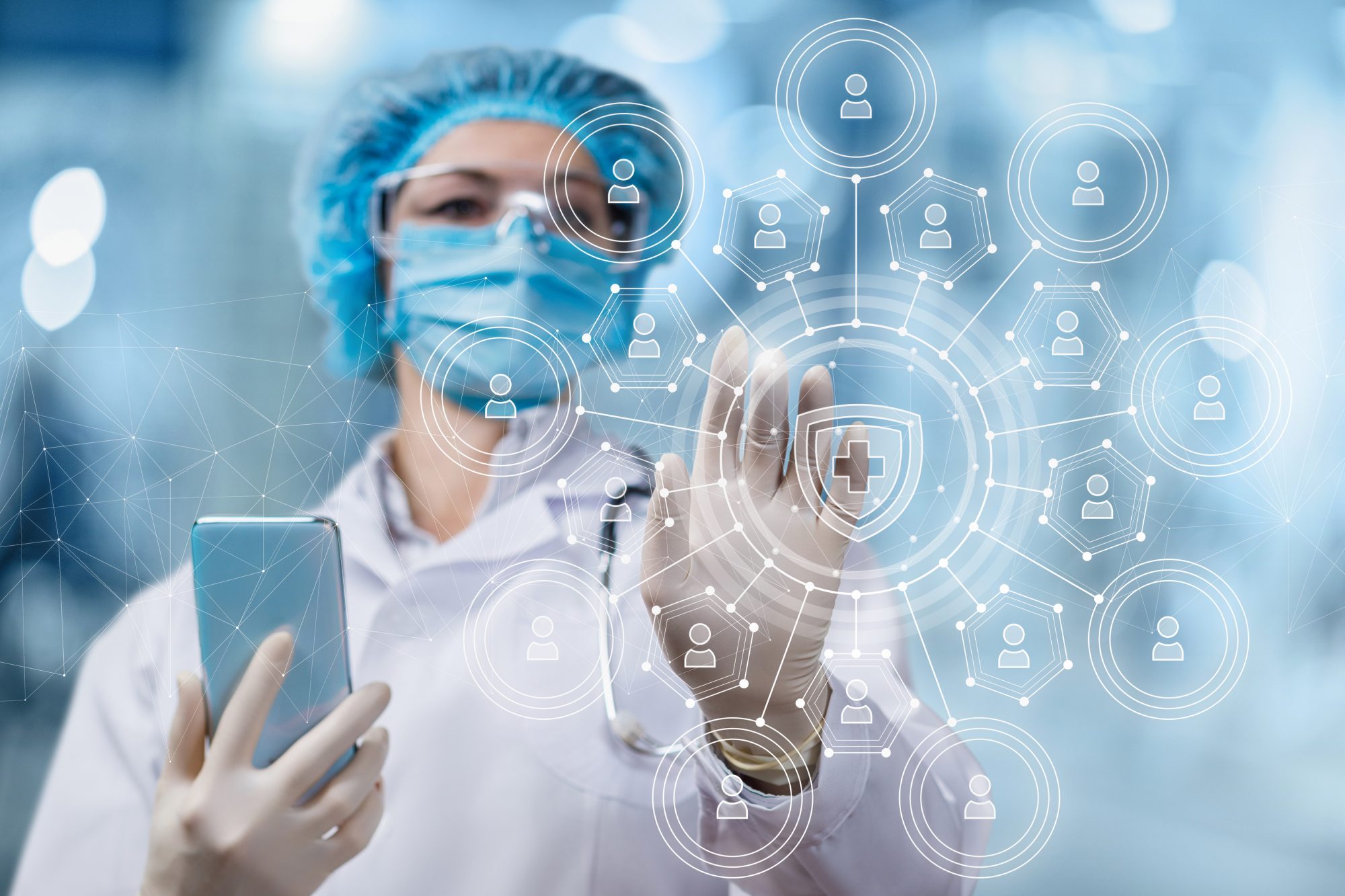Amazing Predictive Analytics: 5 Ways To Revolutionize Your Business
Amazing Predictive Analytics: 5 Ways to Revolutionize Your Business
Related Articles: Amazing Predictive Analytics: 5 Ways to Revolutionize Your Business
- Amazing Breakthrough: 5 Revolutionary Augmented Reality Gaming Innovations
- Revolutionary 5 Breakthroughs: Personalized Medicine’s Tech-Driven Ascent
- Revolutionary 5 Ways Sustainable Materials Transform Tech Manufacturing
- Revolutionary Breakthrough: 5 Key Advances In Brain-Computer Interfaces
- Revolutionary 500-Mile Range: Electric Vehicle Battery Breakthroughs
Introduction
With enthusiasm, let’s navigate through the intriguing topic related to Amazing Predictive Analytics: 5 Ways to Revolutionize Your Business. Let’s weave interesting information and offer fresh perspectives to the readers.
Table of Content
Amazing Predictive Analytics: 5 Ways to Revolutionize Your Business
Predictive analytics is no longer a futuristic concept; it’s a powerful tool reshaping the business landscape. By leveraging advanced statistical techniques and machine learning algorithms, businesses can glean invaluable insights from historical data to anticipate future trends, optimize operations, and ultimately, drive significant growth. This article will explore five key ways predictive analytics is revolutionizing businesses, showcasing its transformative potential and highlighting its crucial role in achieving a competitive edge in today’s dynamic market.
1. Enhancing Customer Relationship Management (CRM) and Personalization:
One of the most impactful applications of predictive analytics lies in enhancing customer relationship management. Instead of relying on generic marketing strategies, businesses can utilize predictive models to understand individual customer behavior, preferences, and needs with unprecedented accuracy. This involves analyzing vast datasets encompassing customer demographics, purchase history, website interactions, social media activity, and even external data sources like weather patterns or economic indicators.
For example, an e-commerce retailer might employ predictive modeling to identify customers likely to churn. By analyzing factors like purchase frequency, average order value, days since last purchase, and customer service interactions, the model can pinpoint at-risk customers. This allows the business to proactively intervene with targeted retention strategies, such as personalized discounts, loyalty programs, or customized email campaigns. These proactive measures significantly increase the likelihood of retaining valuable customers and mitigating revenue loss.
Furthermore, predictive analytics empowers businesses to personalize the customer experience on a massive scale. By analyzing individual customer data, businesses can tailor product recommendations, marketing messages, and even website content to resonate with specific preferences. This level of personalization leads to increased engagement, higher conversion rates, and improved customer satisfaction. Imagine a streaming service recommending shows based on your viewing history and preferences, or a clothing retailer suggesting outfits tailored to your style and body type – this is the power of predictive analytics in action. The result is a more loyal and engaged customer base, fostering long-term growth and profitability.
2. Optimizing Supply Chain Management and Inventory Control:
Predictive analytics is transforming supply chain management by providing businesses with the ability to forecast demand with greater accuracy. Traditional forecasting methods often rely on historical trends and simple statistical models, which can be prone to errors, particularly in volatile markets. Predictive analytics, however, leverages more sophisticated algorithms, incorporating a wider range of data sources and accounting for external factors that might influence demand.
Consider a retail company selling seasonal products. By analyzing past sales data, weather patterns, social media trends, and even competitor activity, predictive models can forecast demand with much greater precision than traditional methods. This allows the company to optimize inventory levels, reducing storage costs associated with overstocking while minimizing stockouts that can lead to lost sales and customer dissatisfaction. Furthermore, predictive analytics can identify potential disruptions in the supply chain, such as delays in shipping or supplier shortages. By anticipating these disruptions, businesses can proactively implement mitigation strategies, ensuring a smoother and more efficient supply chain.
The ability to optimize inventory control and predict supply chain disruptions translates directly to cost savings and improved profitability. Reducing waste, minimizing stockouts, and enhancing operational efficiency are all direct consequences of leveraging predictive analytics in supply chain management. This allows companies to focus resources on strategic initiatives rather than firefighting operational issues.
3. Improving Risk Management and Fraud Detection:
In today’s interconnected world, businesses face a multitude of risks, ranging from financial fraud to operational disruptions. Predictive analytics plays a vital role in mitigating these risks by identifying potential threats and vulnerabilities before they materialize. By analyzing historical data on fraudulent activities, predictive models can identify patterns and anomalies that indicate potential fraud. This allows businesses to proactively intervene, preventing financial losses and protecting their reputation.
For example, a financial institution might use predictive analytics to detect fraudulent credit card transactions. By analyzing transaction data, customer behavior, and location information, the model can identify suspicious patterns and flag potentially fraudulent activities for further investigation. This proactive approach significantly reduces the financial impact of fraud and enhances the security of the institution’s operations.
Beyond fraud detection, predictive analytics can be used to assess and manage a wide range of other risks. For example, insurance companies can use predictive models to assess the risk of claims, allowing them to set premiums more accurately and manage their liabilities more effectively. Similarly, healthcare providers can use predictive analytics to identify patients at high risk of developing certain diseases, allowing them to implement preventative measures and improve patient outcomes.
4. Enhancing Pricing Strategies and Revenue Optimization:
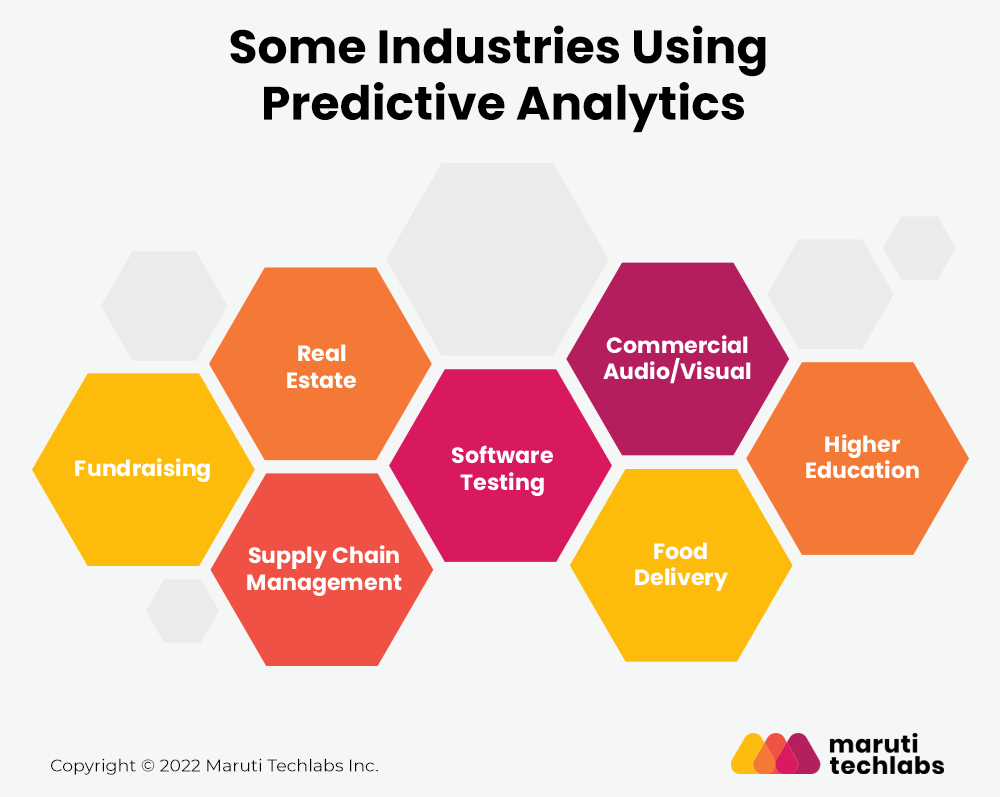
Pricing is a critical aspect of any business, directly impacting profitability and market share. Predictive analytics provides businesses with powerful tools to optimize their pricing strategies, maximizing revenue and profitability. By analyzing market data, competitor pricing, customer demand, and other relevant factors, predictive models can identify the optimal price point for different products and services.
For example, an airline might use predictive analytics to dynamically adjust ticket prices based on demand, time of year, and competitor pricing. This allows the airline to maximize revenue by charging higher prices during peak demand periods and offering discounts during periods of lower demand. Similarly, a retailer might use predictive analytics to personalize pricing, offering different prices to different customer segments based on their purchasing behavior and willingness to pay.
The ability to optimize pricing strategies using predictive analytics leads to significant increases in revenue and profitability. By accurately forecasting demand and understanding customer price sensitivity, businesses can maximize their revenue potential while maintaining a competitive edge.
5. Streamlining Human Resources and Talent Management:
Predictive analytics is transforming human resources by enabling more data-driven decision-making in areas like recruitment, employee retention, and performance management. By analyzing employee data, such as performance reviews, training records, and demographic information, predictive models can identify high-potential employees, predict employee turnover, and optimize training programs.
For example, a company might use predictive analytics to identify employees at risk of leaving the company. By analyzing factors such as job satisfaction, compensation, and career progression, the model can pinpoint employees who are likely to leave and allow the HR department to proactively intervene with retention strategies. This can significantly reduce employee turnover costs and maintain a stable and productive workforce. Furthermore, predictive analytics can be used to optimize recruitment processes by identifying the best candidates for specific roles based on their skills, experience, and cultural fit. This leads to more effective hiring decisions and improved employee performance.
Conclusion:
Predictive analytics is a transformative technology that is revolutionizing businesses across various sectors. Its ability to extract valuable insights from data and predict future trends empowers businesses to make more informed decisions, optimize operations, and ultimately drive significant growth. By leveraging the power of predictive analytics, businesses can gain a competitive edge in today’s dynamic market, enhancing customer relationships, optimizing supply chains, mitigating risks, maximizing revenue, and streamlining human resources. Embracing this powerful technology is no longer a luxury; it’s a necessity for businesses seeking to thrive in the future.
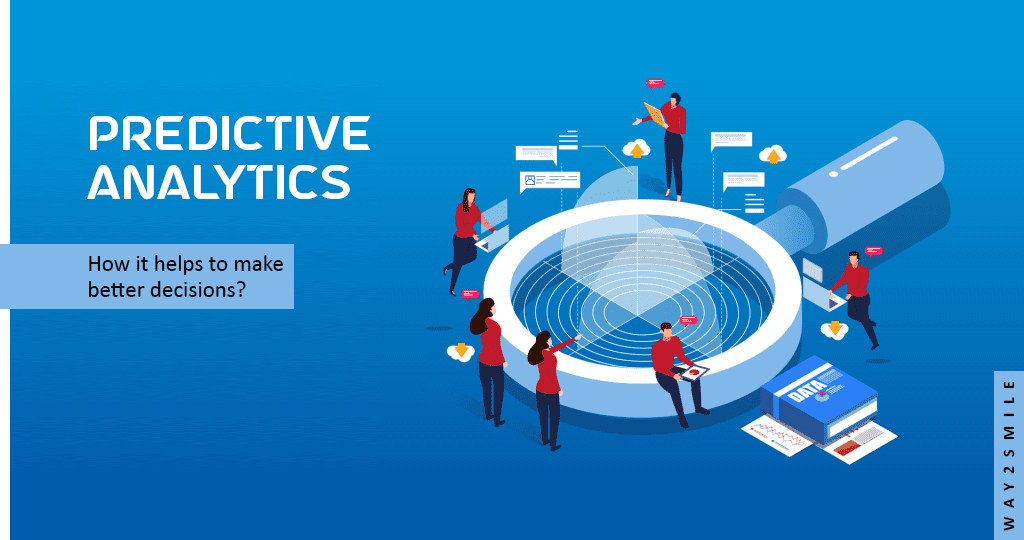
Closure
Thus, we hope this article has provided valuable insights into Amazing Predictive Analytics: 5 Ways to Revolutionize Your Business. We hope you find this article informative and beneficial. See you in our next article!
google.com



